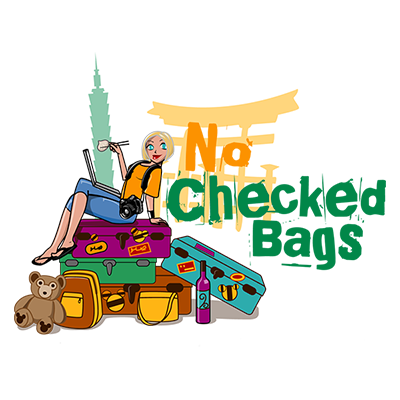Tourists Are Flocking to Poland to See This Animal Migration
This post by “TheHipmunk” originally appeared on the Tailwind Blog by Hipmunk on November 3, 2015.
Forget pierogis and historical architecture. Come to Poland for the birds.
Specifically, come for the white storks—more than 40,000 of them, or a whopping 25 percent of the world’s stork population—that flock to Poland each spring.
While the birds can be found throughout Poland between the months of April and August, many of them congregate near Zywkowo, the so-called “Stork Capital”. The tiny village near the Russian border is home to more storks than humans—25 people and 43 pairs of nesting white storks, to be exact. Together, the pairs comprise one of the nation’s biggest stork breeding colonies, reports the NYTimes. Their nests cover chimneys, rooftops, trees, and specially made platforms throughout the town.

The birds migrate from southern Africa to Poland each year in order to breed among the country’s pastures, farmlands, and wetlands, and their arrival is thought to signal good fortune for anyone lucky enough to witness it. The storks start arriving near the end of March, lay eggs toward the end of April, and welcome hatchlings at the end of May. The infants start leaving the nest in July, and all of the storks depart the country sometime in August.
While it is the land that attracts the storks, it’s the storks that have attracted a burgeoning tourism industry in the area. Every year, up to 8,000 tourists flock to the Zywkowo region to observe the storks as they go about their daily lives amid the Polish countryside.
Both the birds and the tourists benefit from funding by the nonprofit Polish Society for the Protection of Birds, which has established an official “stork village” designed to encourage storks to return to the area. In collaboration with local residents, the nonprofit has dug ponds, built platforms sturdy enough to hold the birds’ nests, renovated local roofs so they can support nests, insulated electrical wires for the birds’ safety, conserved around 185 acres of land, and erected an observation tower for tourists. The society also employs a local caretaker who leads educational tours and manages a guesthouse for visiting travelers.
The initiative has proved so successful that it’s been used as a case study for developing stork tourism throughout the entire country. Already, stork villages have popped up elsewhere in Poland—including in Toprzyny, which is just a short walk or drive from Zywkowo.
All told, there are currently 13 official stork villages in Europe. But most stork aficionados agree that Poland makes for the most striking up-close encounters.
Exploring the Region
Those who are serious about tracking the storks’ migration throughout northeast Poland will be rewarded via a trip that’s packed with history, gorgeous scenery, and remarkable wildlife.
Zywkowo is about a two hours’ drive from Gdansk, a historic seaport in north-central Poland. From Gdansk, it’s an easy trip to the Gothic city of Frombork, where Nicolaus Copernicus first hypothesized that the Earth rotates around the Sun.
From Gdansk or Frombork, head to Dwor Pentowo, another stork village located near the “white stork trail” in Podlaskie Province. The longest marked bike trail in the region, the nearly 250-mile trail links four national parks: Bialowieza (home to the largest herd of European bison), Biebrza, Narew, and Wigry. The village of Dwor Pentowo is also near the Masurian Lake District, which is home to more than 2,000 postglacial lakes. The district and each of the national parks are all worth a visit.
From Dwor Pentowo, it’s just over a two hours’ drive to the Poland capital city of Warsaw. The lively city stands in striking contrast to the quiet farmlands of rural Poland. Bursting with bars, restaurants, museums, and history, Warsaw makes for a pleasant return to civilization prior to flying home.

